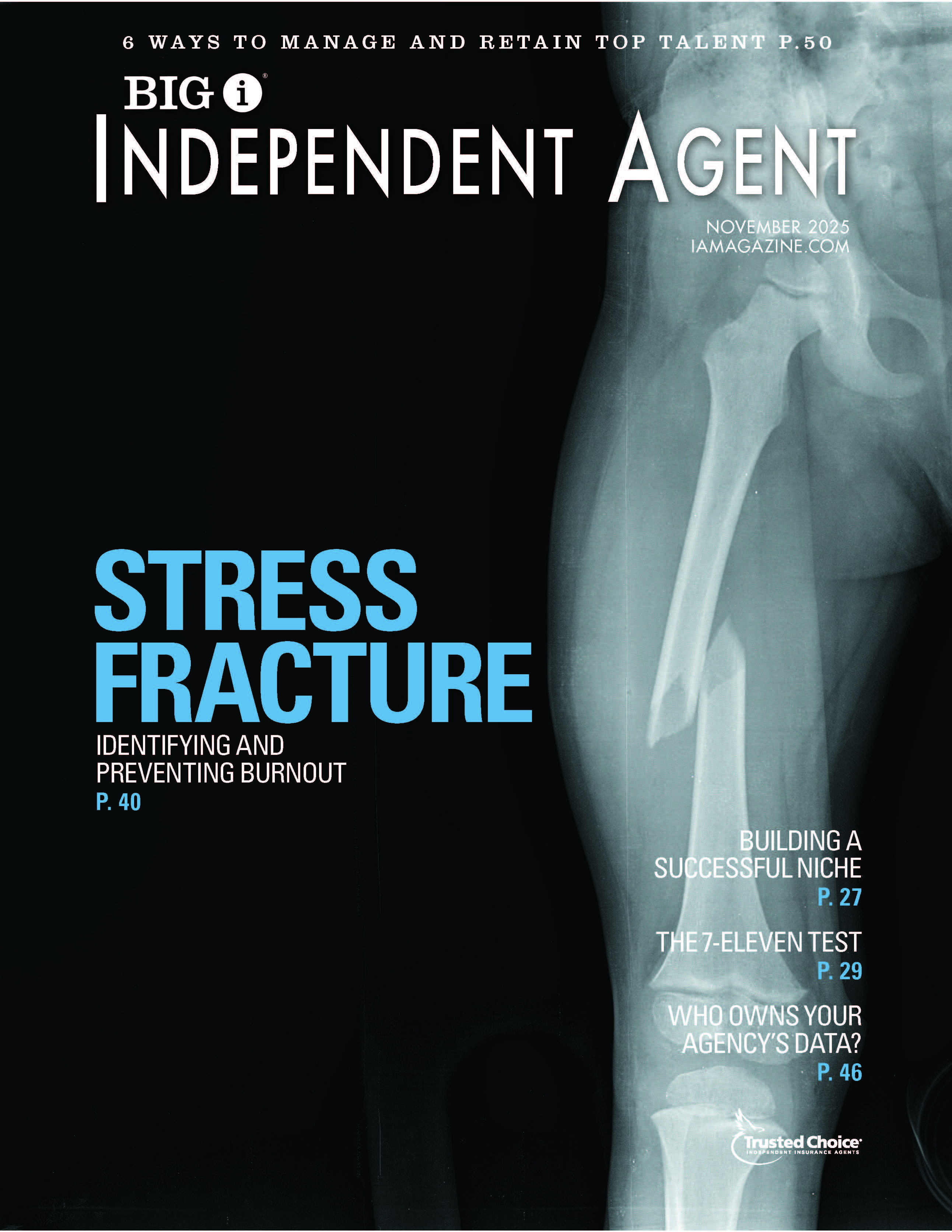Why Every Business Would Benefit From a Media Liability Policy

By: Olivia Overman
Today, almost every single company creates, produces or generates some form of content for themselves or for their clients. Whether that content takes the form of physical advertisements, written content, broadcasts, videos, podcasts, photographs or social media posts—and whether that content is created with the help of artificial intelligence (AI)—every company that engages in any type of marketing or communication would benefit from having a media liability policy.
What is included in a media liability policy? There are four main risks covered in a policy: defamation, invasion of privacy, infringement of copyright and infringement of trademark.
Understanding the client’s business will enable agents specializing in this niche segment to distinguish between the varying types of media liability coverage necessary for differing clients. “If you are talking about a publisher, a broadcaster or a producer, you’re looking at coverage for defamation arising from the content,” says Tyler Peterson, senior vice president, underwriting management, Hiscox. “You’ll be looking at coverage for intellectual property infringement and personal and advertising injury, as well as coverage for an invasion of a person’s right to privacy. These risks all arise out of the content that was created.”
When it comes to third-party content creators, such as advertising agencies, agents should understand that additional coverages are required. “For these creative companies, you’re still going to have the primary coverages provided by a media liability policy, but you’re also going to see additional coverage for negligence arising from the performance of creative services,” Peterson explains. “The difference is that the publisher or the broadcaster is not doing services for hire necessarily on behalf of others under a contract, whereas the creative agency is and will need coverage for that financial loss.”
Agents should not only understand each client’s business, but also grasp the specific coverage offered in certain policies by different carriers.
“We find that is there is a huge confusion when it comes to terminology,” says Angela Weaver, focus group leader—media & entertainment, Beazley. “There is a confusion of terminology between media liability, professional liability and errors & omissions. Agents need to go beneath the title of the insurance, see what the policy triggers are, and then think about whether there’s also a professional liability risk.”
“Coverage should be reviewed yearly with your insured to make sure that the content they are creating at that time is in line with what the policy is covering,” says Bill Rooney, underwriting product manager, Philadelphia Insurance Companies. “Also, be aware of the coverage trigger. Many media specific risks are typically written on an occurrence basis due to the statute of limitations for certain media-related perils.”
Who is covered under a media liability policy? It will depend on the carrier. “Carriers should issue a policy that is tailored to a particular insured’s needs,” says Chris Cooper, senior vice president, head of media liability and middle market professional liability, QBE North America. “For example, a policy issued to a publisher will typically also include the authors as insureds, and a policy issued to a news organization should cover freelancers, but only for the content created or gathered on behalf of the news organization.”However, since everyone can be a reporter or publisher these days, “I think everybody needs a media liability policy,” Weaver says. “In the old days, in order to be a publisher, you needed to print newspapers or magazines or books. Now, there are no barriers to publishing.”
Celebrities and social media influencers, as well as “retailers, sports brands, anybody using images on a website, anybody using music in their stores, in their offices, online, in a stadium, in a school, anybody using music and anybody putting out content has a media liability exposure,” Weaver adds.
Olivia Overman is IA content editor.










